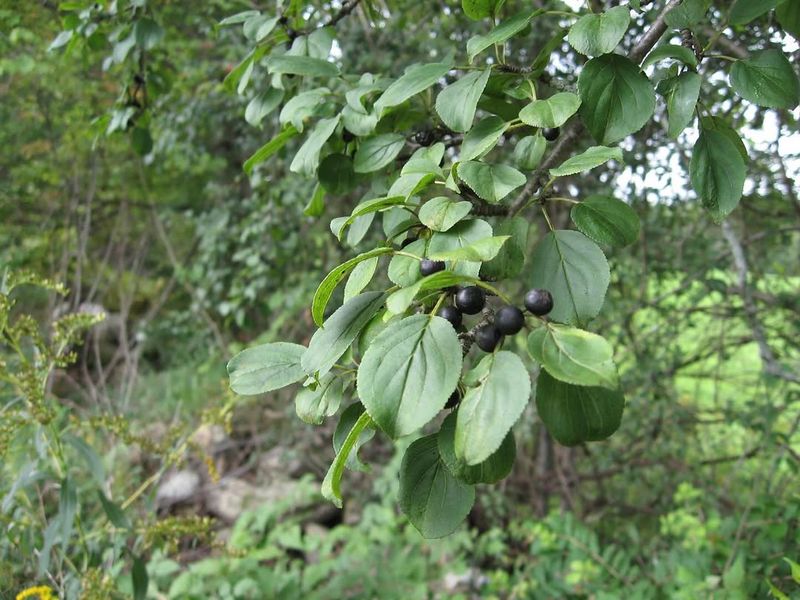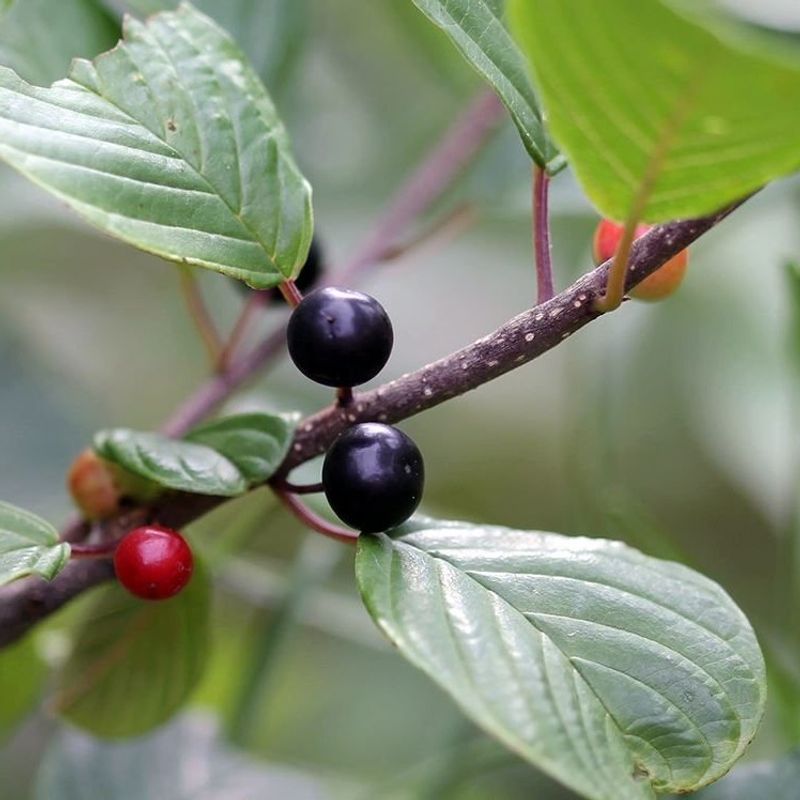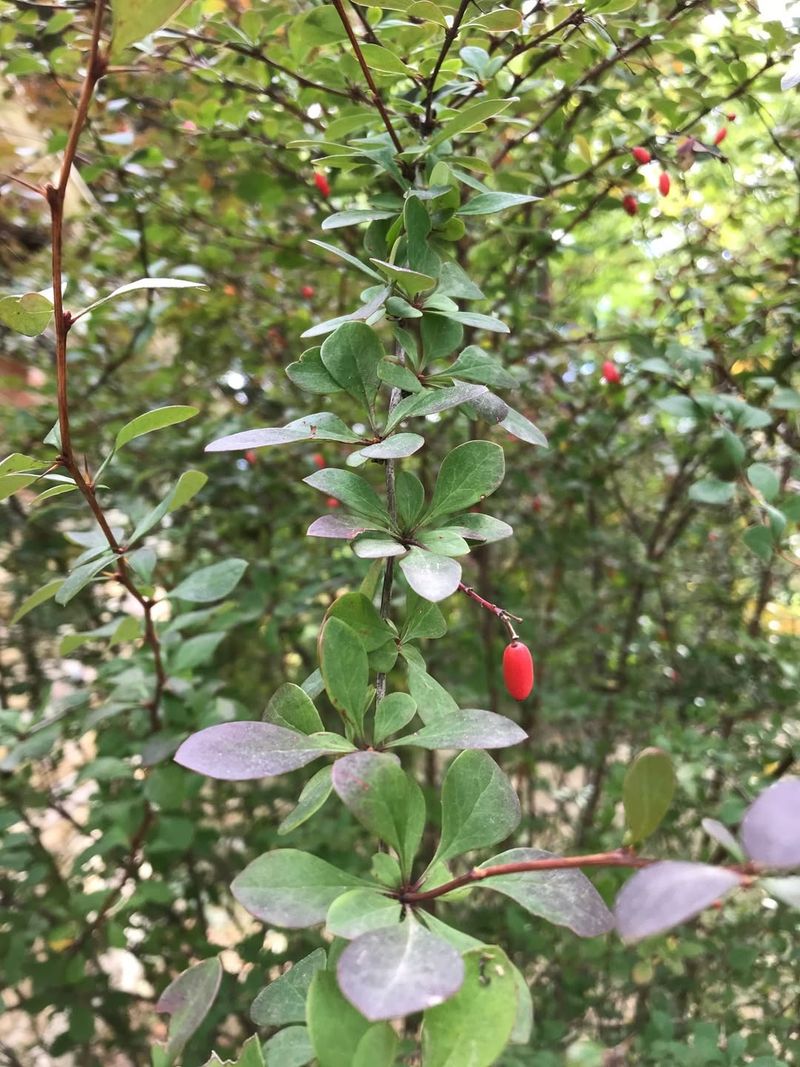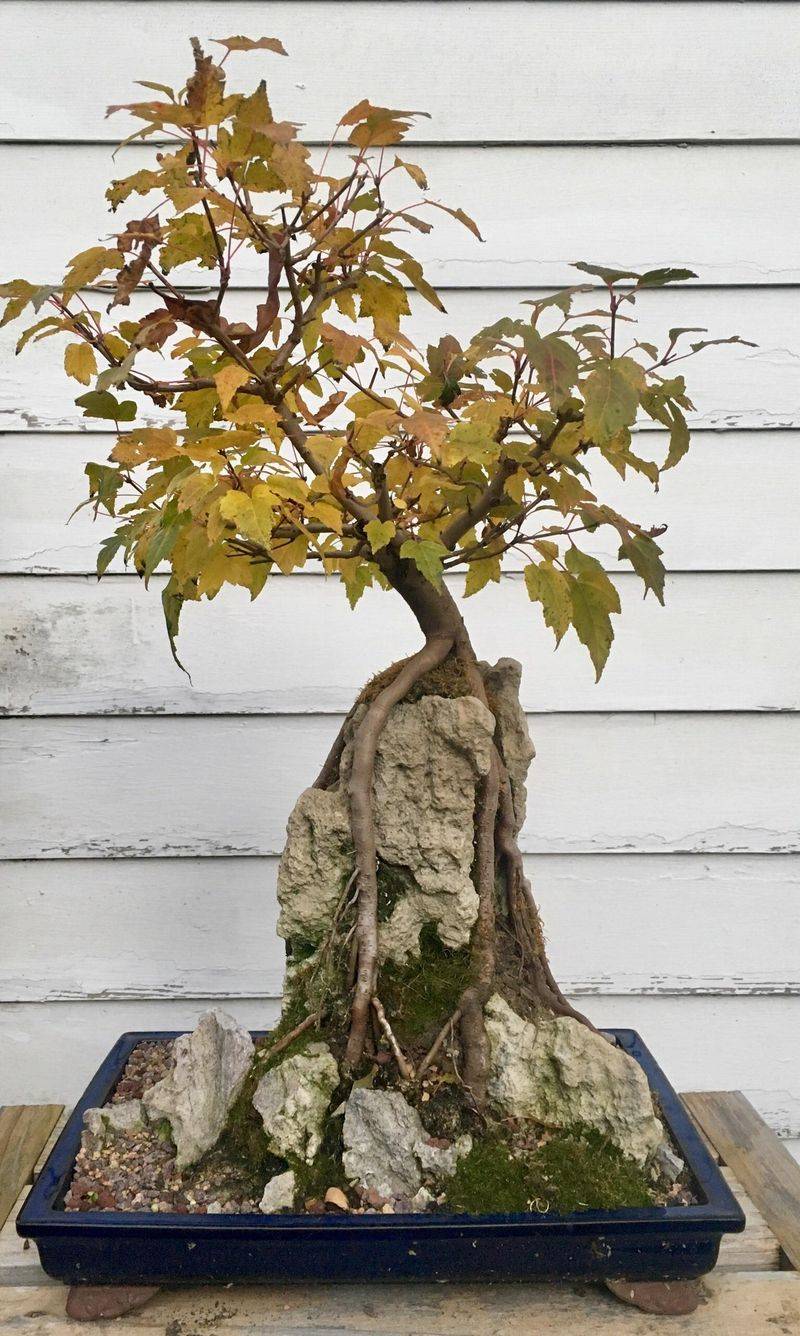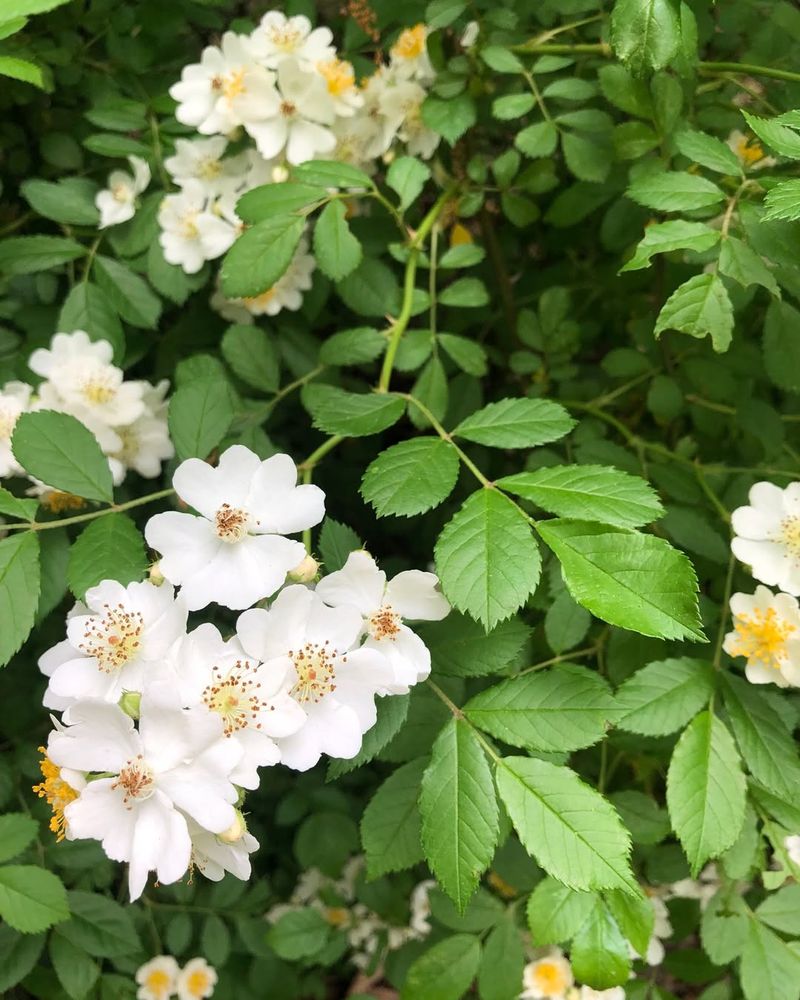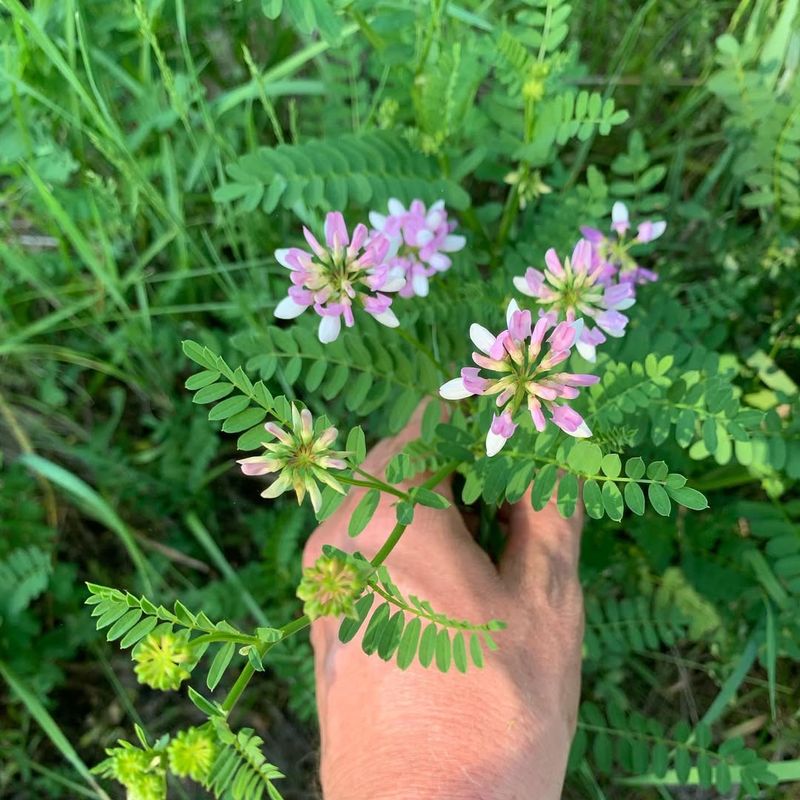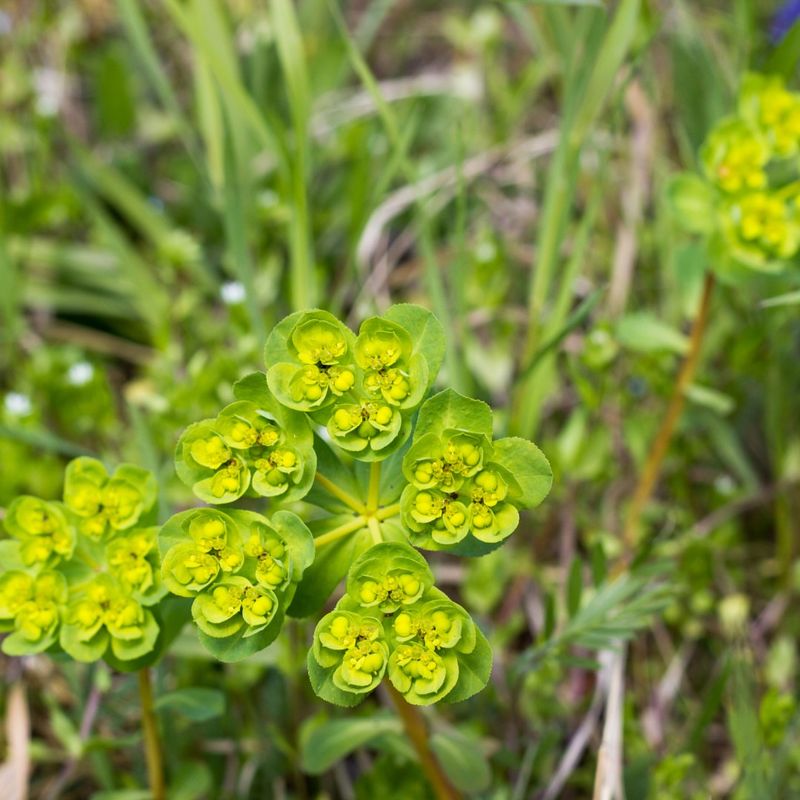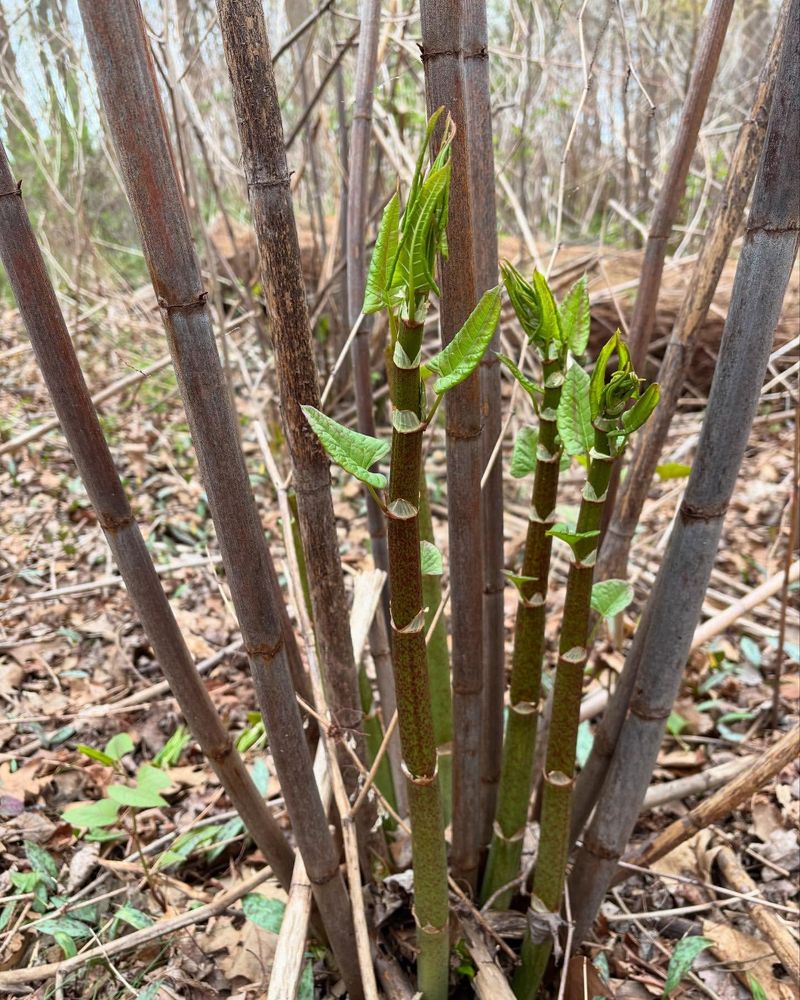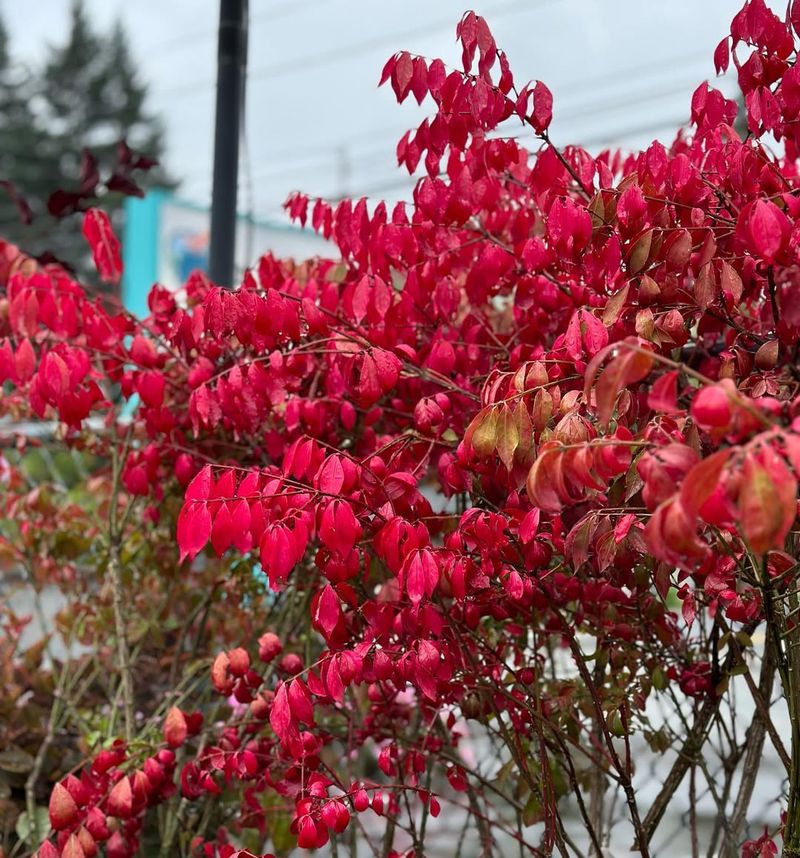Suburban communities across Minnesota are starting to take a hard look at fast-spreading plants. Some species grow out of control, disrupting local ecosystems and edging out native greenery.
These invasive plants can change soil chemistry, block sunlight, and make it tough for wildlife to survive. What looks pretty in your yard might be causing harm just beyond the fence.
I’ve seen neighborhoods work together to swap out problem plants for native alternatives—and the results are stunning. Knowing which species to avoid helps protect the natural beauty right outside your door.
1. Common Buckthorn
This shrub from Europe arrived decades ago and quickly became a problem across Minnesota. Birds eat the berries and spread seeds everywhere, creating dense thickets that block sunlight from reaching the forest floor.
Native wildflowers struggle to grow where buckthorn takes over. The plant also changes soil chemistry, making it even harder for other species to compete.
Many suburbs now encourage residents to remove buckthorn from their yards. Pulling young plants early prevents bigger headaches later on.
2. Glossy Buckthorn
Similar to its cousin, glossy buckthorn spreads rapidly through wetlands and forest edges. Its shiny leaves give it the name, but the beauty hides serious ecological damage.
Minnesota wetlands suffer when this plant moves in because it crowds out cattails and sedges that waterfowl depend on. The dense growth also blocks water flow in marshy areas.
Removing glossy buckthorn requires persistence since roots resprout easily. Local conservation groups often host removal events to tackle large infestations together.
3. Purple Loosestrife
Those tall purple flowers look stunning along roadsides and ditches, but they cause major problems for Minnesota wetlands. Each plant produces millions of seeds that spread through water and mud.
Marshes dominated by purple loosestrife lose the plant diversity that supports insects, frogs, and nesting birds. Native sedges and rushes disappear when loosestrife takes over.
Biological control using beetles has helped in some areas. Homeowners should avoid planting this species even though garden centers sometimes sell it.
4. Reed Canary Grass
Farmers once planted this grass for livestock feed, never imagining how aggressively it would spread. Now it dominates thousands of acres of Minnesota wetlands and stream banks.
The thick mats of reed canary grass prevent other plants from growing and reduce habitat quality for wildlife. Even controlled burns struggle to eliminate established stands.
New regulations may restrict planting near water bodies. Native alternatives like switchgrass provide better erosion control without the invasive tendencies.
5. Japanese Barberry
Landscapers love this thorny shrub for its colorful foliage and low maintenance needs. Unfortunately, it escapes gardens and spreads into Minnesota forests where deer avoid eating it.
Research shows that barberry thickets create ideal conditions for ticks, increasing Lyme disease risks. The dense branches provide perfect hiding spots for these pests.
Several suburbs are considering bans on new plantings. Native alternatives like American currant offer similar visual appeal without the ecological downsides.
6. Amur Maple
This small tree from Asia seems perfect for tight spaces in suburban yards. Its brilliant red fall color makes it a popular choice at nurseries across Minnesota.
However, Amur maple produces abundant seeds that sprout readily in nearby natural areas. Young trees quickly form thickets that shade out native understory plants.
Restrictions may target new plantings while allowing existing trees to remain. Serviceberry and pagoda dogwood provide similar size and beauty without spreading problems.
7. Tartarian Honeysuckle
Old farmsteads across Minnesota often have these shrubs planted as windbreaks or wildlife attractants. The fragrant flowers and bright berries seemed like wonderful features decades ago.
Birds spread the seeds far and wide, creating dense stands that prevent native shrubs from establishing. The berries lack the nutrition that native alternatives provide.
Removing established plants takes effort since they resprout from roots. Replacing them with native dogwoods or viburnums supports local wildlife much better.
8. Multiflora Rose
Government programs once encouraged planting this rose for erosion control and living fences. Those good intentions backfired as the plant spread uncontrollably through Minnesota pastures and forest edges.
The arching canes root wherever they touch ground, forming impenetrable thickets armed with sharp thorns. Livestock and wildlife struggle to navigate areas dominated by multiflora rose.
Complete removal requires digging roots or repeated cutting. Native wild roses provide similar flowers without the aggressive spreading habit.
9. Crown Vetch
Highway departments planted this spreading groundcover on slopes to prevent erosion. The pink flowers create pretty displays, but the plant refuses to stay where it was planted.
Crown vetch spreads through underground stems and forms dense mats that exclude all other plants. Minnesota roadsides lose native wildflower diversity when this plant takes over.
New restrictions may limit use for erosion control projects. Native alternatives like prairie dropseed stabilize soil while supporting pollinators and other beneficial insects.
10. Leafy Spurge
Ranchers consider this plant a serious threat because it spreads rapidly through pastures and contains toxic sap that cattle avoid. Each plant produces seeds that can remain viable for years.
Minnesota prairies suffer when leafy spurge moves in because it crowds out native grasses and wildflowers. The deep roots make mechanical removal extremely difficult.
Biological control using flea beetles shows promise in some areas. Preventing establishment through careful monitoring beats trying to eliminate established patches.
11. Oriental Bittersweet
Gardeners once prized this vine for its colorful berries used in fall decorations. The problem emerged when birds spread seeds into Minnesota forests where the vine climbs native trees.
Heavy vines girdle tree trunks and branches, eventually causing structural damage or complete collapse. The aggressive growth outcompetes American bittersweet, a native relative.
Cutting vines at ground level and treating stumps prevents regrowth. Native Virginia creeper provides similar fall color without threatening trees.
12. Japanese Knotweed
This plant looks like bamboo but grows even more aggressively, spreading through underground stems that can damage building foundations. Small root fragments generate new plants, making control extremely difficult.
Minnesota property owners face serious problems when knotweed establishes because it forms dense stands that exclude all other vegetation. The plant can push through asphalt and concrete.
Professional removal often requires multiple years of treatment. Preventing establishment through early detection and rapid response beats fighting established infestations.
13. Burning Bush
The spectacular red fall color made this shrub a landscaping favorite across Minnesota suburbs. Garden centers still sell it widely, though awareness of invasive potential is growing.
Birds eat the small fruits and spread seeds into natural areas where the plant establishes readily. The dense growth pattern crowds out native shrubs and reduces habitat diversity.
Future bans may target new sales and plantings. Native sumac or chokeberry provide equally stunning fall color without spreading problems.


